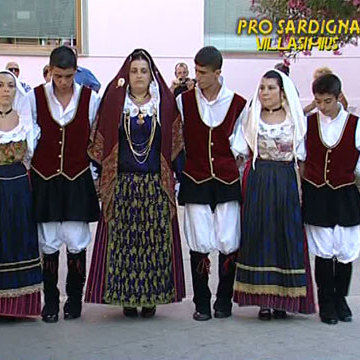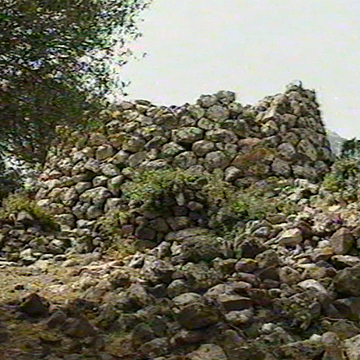Around 460 A.D. Sardinia, now completely Latinized, was occupied by the Vandals. It is the first of a series of foreign presences, which, however, will not result in the lasting imposition of their respective languages or at least one of them, as had happened previously with the Romans.
More simply, they will cause the acceptance by the local idiom of a conspicuous series of external elements, destined in any case not to profoundly alter its original, oldest Latin soul. The list of superstratum languages is reconstructed below according to the scheme proposed in Giovanni Lupinu's “History of the Sardinian Language”.
In general, to indicate a linguistic layer that, following different historical events, overlaps with an idiom already in use in a given area, causing a series of phonetic changes, sometimes morphosyntactic but above all lexical, the term “superstratum” is used in historical linguistics: a cause invoked by scholars to explain the different development assumed by the Romance languages in the various locations - which is added to that consisting of the different substrate conditions encountered by Latin, such as we have already mentioned - it is given precisely by the different superlayers that settled on them, interacting over time.
For Sardinian, we can note that the underlying languages are those that came with the rulers: Vandalism, Byzantine Greek, medieval Pisan, Catalan, Casigliano and Italian. Each of these languages has bequeathed something to Sardinian, while today Italian risks supplanting it as the main language of the Sardinians.
Update
Images
Video

Author : Floris Laura

Results 2 of 42103
View All
Comments